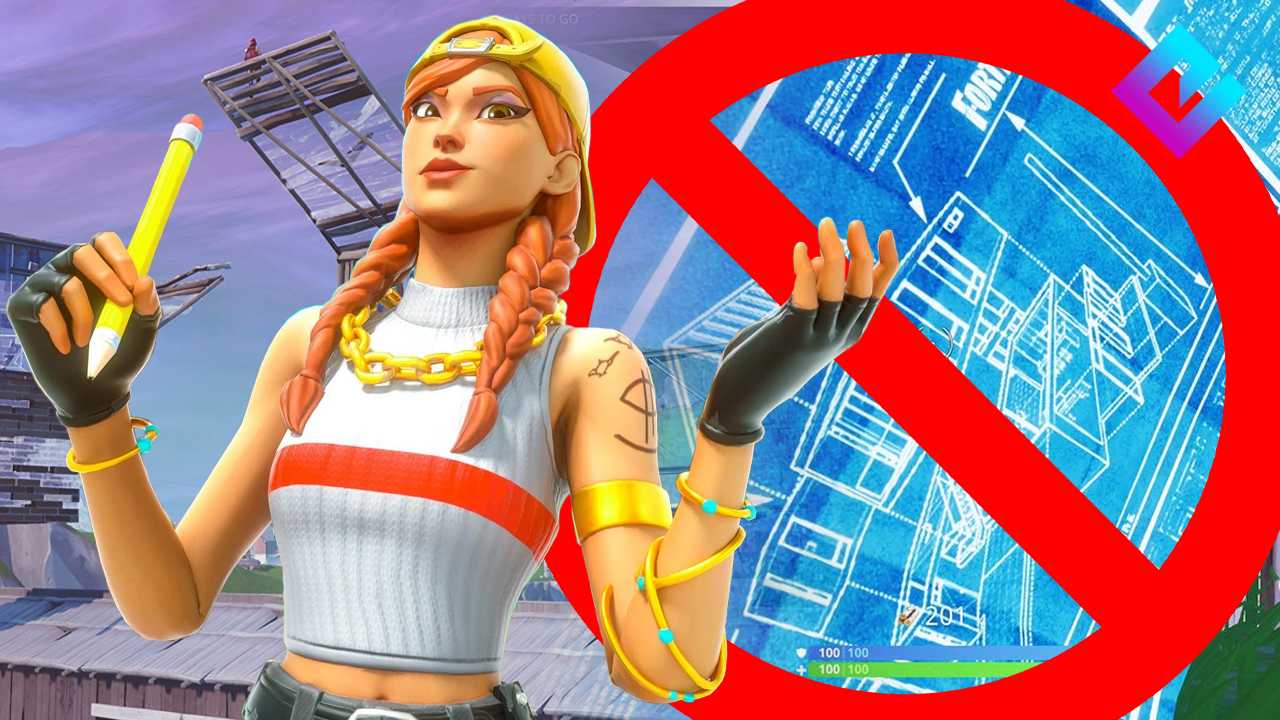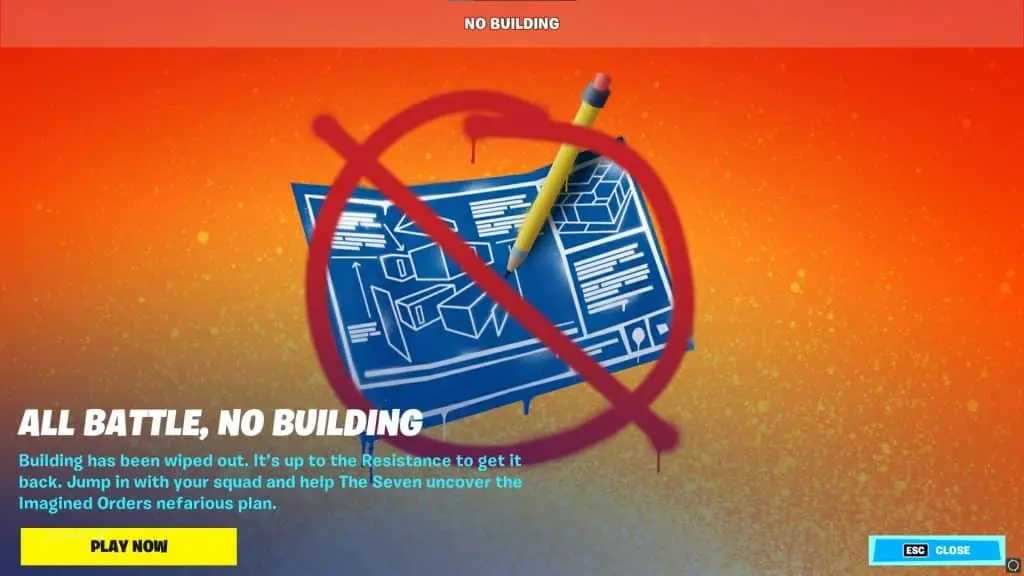How Zero Build Mode Possibly Saved Fortnite
Zero Build mode quickly proved to be the refresh Fortnite desperately needed. But how did the game get to the point of needing to be “saved”? Let’s find out!
Zero Build mode quickly proved to be the refresh Fortnite desperately needed. But how did the game get to the point of needing to be “saved”? Let’s find out!
When Fortnite Battle Royale was released in 2017, its building mechanic was nothing like what we see today. In the early days, players were barely building at all. At most, you would see stairs and walls used, but it wasn’t until a streamer named Myth started to build higher than his opponents that players began to witness the effectiveness of having “the high ground.” Players started pushing the limits of high ground and discovered “sky-basing,” a method of building to maximum height to go unseen by enemies. From here, players began ramp-rushing, and build fights became the norm. The games were exciting and fun, and players started evolving their skills.
It wasn’t long until the game, which originated as a shooting game with a building mechanic, became a building game with a shooting mechanic. With Fortnite’s creative mode introduced, players began spending hours practicing their build, edit, and combat skills. Casual players soon found that if they didn’t keep up the same pace of practice as these players, they were falling behind so much that it seemed impossible for them to catch up. It was then that the Fortnite community began seeing a skill gap form.

Resentment started to grow toward players who could build, and terms such as “creative warriors” began being thrown around. Casual players who would come home after a long day of work or log in to Fortnite on the weekend hoping to catch a Victory Royale or two found that to be nearly impossible if a so-called “sweat” was in their game. The skill gap widened as high-level players founded new mechanics, such as Faze Sway’s high-ground retakes, Clix’s box fights, and the Mongraal Classic.
Game developers tried their best to fill the skill gap by changing weapons' strengths and introducing items that would eventually form what the community called a “spray meta.” By increasing the speed and damage of SMGs, while lowering the effectiveness of shotguns, players could break down their opponents builds faster, giving them a better chance of defeating “creative warriors.” Epic Games continued to release insanely overpowered items such as The Mech, Infinity Blade, and Lightsabers, in an effort to “help out the little guy.” But Epic didn’t stop there. In Chapter 2, skill-based matchmaking was released, along with the use of AI bots to fill lobbies for new and lower-skilled players.
Even with all of these changes implemented, their efforts to bridge the skill gap were still falling short. The community was divided into essentially three sectors. Competitive players, “pub grinders,” and casual players. It became clear that one game could not satisfy all three player bases. A change was needed, and it needed to be big.

Fortnite shocked its community when Chapter 3 Season 2 was released in March 2022, and the building mechanic was removed completely. Many wondered if this new mode would become the future of Fortnite Battle Royale. There quickly was a vast resurgence of old players who had left the game due to its monotony and creators known for streaming other popular battle royales were trying Fortnite for the first time. In April 2022, Epic began hosting Zero Build competitive tournaments and streamers started to feel the same excitement they felt in the early days of the game’s release. Ninja, arguably the top streamer credited for the popularity of the game, said that playing the game without building actually was the “most fun I've had on Fortnite in years." The competitive side saw higher than average tournament participation rates since “low-ground warriors” were now throwing their hats in the ring.
All of this contributed to Fortnite reaching Twitch viewership numbers it hadn’t seen in years. Players who either never picked up the game due to being intimidated by the building component or ones who quickly quit after becoming frustrated and outmatched were hopping on and earning Victory Royales. The game was alive again, and the future was bright.
Almost a year later, Zero Build has only grown in its popularity, and with Epic continuing to fine-tune the loot pool to fit the needs of both modes, it’s been proven that both modes can co-exist together within the Fortnite ecosystem. The game is now more approachable for new players and attracts players of other battle royale titles such as Apex Legends and Warzone.
While this is positive, it could become a problem that leads to the eventual demise of build mode. Why? Because new players simply aren’t playing build mode. Even players who started with zero build are not converting to build mode once they become comfortable with the game. It’s estimated that 80-90% of new players stick with Zero Build. Does this mean build mode will become a thing of the past? Most likely, not anytime soon. However, games grow with new players and survive with their existing players. Keeping both sides happy will be an ongoing challenge, but Epic has done an excellent job thus far.
Creators and independent tournament hosts like Twitch Rivals have quickly integrated zero build mode into their tournament offerings. The majority of the competitive scene hopes that Epic will continue to expand its zero build tournaments, with many wishing for a Zero Build FNCS. Now we are seeing top build players, such as Mero, Bugha, and Dukez cross over into Zero Build tournaments, further affirming that zero build mode could be the future of competitive Fortnite.
Only time will tell how far Epic Games will take Zero Build mode, but in the meantime, the game feels refreshed, new players are abundant, and the future of Fortnite Battle Royale looks brighter than ever before.